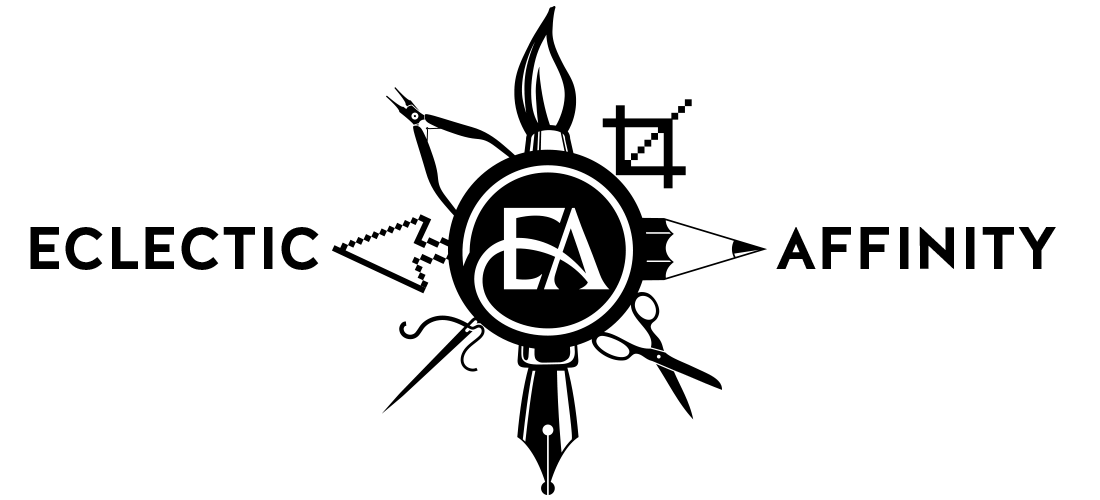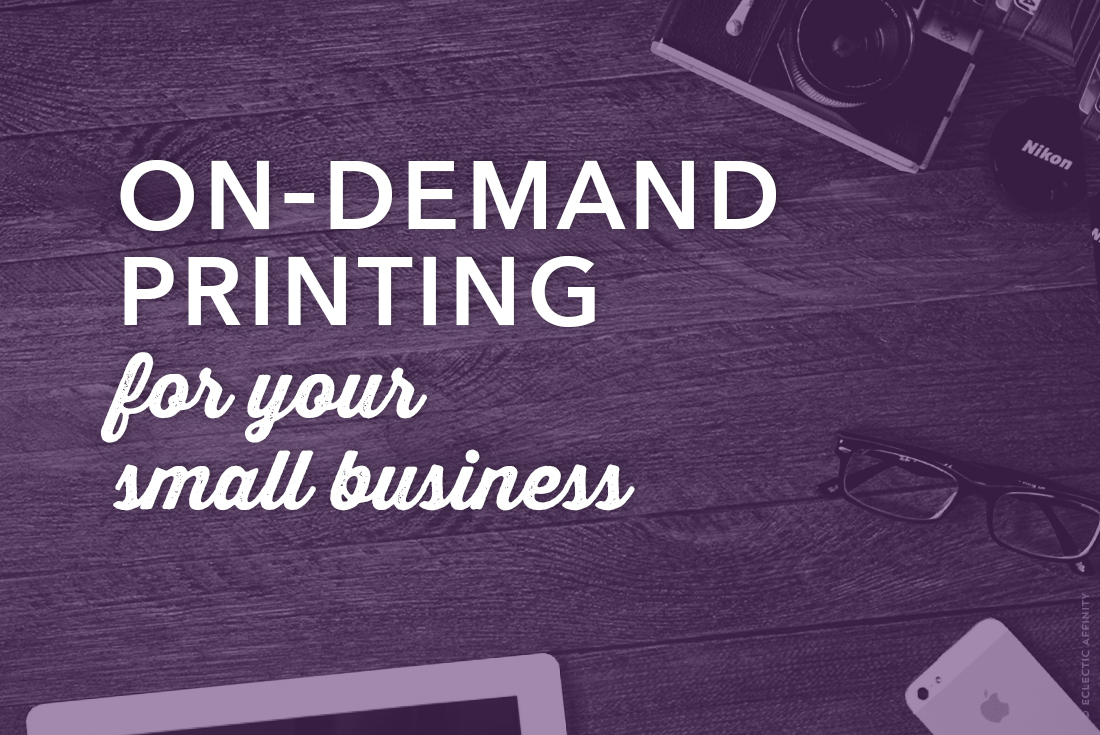Some links are affiliate links. If you purchase anything after clicking, it’s a no-cost way to support my blog. Read my policies and disclosure here.
I have a shop online. Again. After previously having all but sworn off selling retail and wholesale, I’m more surprised about it that anyone. Up until a couple weeks ago I didn’t know that a no-overhead, on-demand printing option—that could integrate into my own website—was possible.
I was looking for a way to raise money for a non-profit that really tugged on my heart. The problem was the thing that’s always been the problem. In order to make money, you have to already have it. In order to resell something, you have to buy a large enough volume of that thing to sell it low enough so that someone is able to buy it and so that you’re still making a profit that’s sustainable enough to run a profitable business. That’s as true for regular day-to-day business as it is for raising money for a fundraiser.
Thing is, I’ve been down this road before. I’ve done the buying things in bulk and waiting for more orders to follow. I’ve done the packaging orders. I’ve done the storing the different sized packaging boxes, the padded mailers, and the clear, eco-friendly/compostable packaging sleeves. I’ve done making sure the printer has enough toner to print address labels on adhesive label paper so I can make a hurried trip to mail a package in between other tasks that demand my attention while not being able to ever stay on top of my email account. It all takes so much money and so much time—both of which are very intertwined commodities. Selling things eats up a lot of valuable time that could be spent more profitably and more sanely than “I’m not sleeping and maybe I’m just running in circles at this point.” That has a lot to do with why I decided to make the switch from wholesale and retail products to pursuing licensing. Focusing on what you’re best at is a better business model than trying to do absolutely everything.
With all that in mind and in order to do this passion project, I’d made my peace with setting up a store on a print-fulfillment, artist marketplace. Some artists love sites like that; some loathe sites like that. I hadn’t taken the plunge yet. On different kinds of marketplace sites though, I’d kind of been there, done that, and had paid the listing and transaction fees to prove it. Community marketplace types of places are great if the community knows you’re there, if you’re featured, if you’re remembered after you’re featured, and if you’re making a reasonable profit after fees. If you’re not—then, well, it can feel disorganized spending time promoting someone else’s dot com vs. promoting your own.
Pushing past my former apprehensions, I had everything uploaded on one of those sites; all I had to do was finalize it and click “publish.” That was the last step I had left.
Then I did a search online.
I’m not sure why I did; maybe it was just nerves. Putting a design “out there” can feel like giving a piece of your soul to a stranger. You want your design to go to someone who will take care of it once it leaves your hands. To my surprise, I saw there were other types of no-overhead, on-demand printing options who would produce and ship artists’ designs. The one that stuck out had a major difference.
[Disclosure: affiliate links included. Read more about about why I use affiliate links here.]
Printful caught my attention. It seemed crazy at first because I hadn’t ever heard of the place, but the seamless integration into my OWN site seemed so much easier than rattling off the familiar “yes, www.charmdesignstudio.com is my web URL, but the product I’m telling you about is actually available for sale at this other link which will take you to a different site.”
I read more, paused, and then went from “ugh, but the other one is All. Ready. To. Go.” to me doing something spontaneous—I set up an account. What could it hurt to look? It’s worth noting here that the only thing I’ve ever come close to being an “early adopter” on was Pinterest.
To start, the upload system was fast and simple. It allows for uploading individually formatted files later if you need or want to go back, which is great because printed canvases allow you to put your own logo on the wrap around portion (LOVE that!). The integration into my own website was really seamless.
The only apprehension I was feeling was over how it all seemed way, way too easy. Bear with me. I know that sounds pitch-y. Understand though, I’m not incredibly tech savvy, but I’ve been so grateful over the course my business that my husband is and could help me when I got stuck on something, particularly something involving web coding. Years of complicated product listings, all-too-technical e-commerce back-end editing, having to enable or disable so many product options for each and every variable…I’m USED to having to spend ridiculous amounts of time on doing the thing that allows me to do THE thing I actually want to be doing. I don’t like being used to that. That’s not why I do what I do.
The thing/things I want to be doing? Design. Illustration. Making things.
What I’ve spent a great deal of time over the years actually doing? Answering emails. Bootstrapping things to save on costs. Updating and coding my website. Customer interaction. Figuring out how and where to afford printing things. Figuring out how to safely mail things. Deciding the least awkward way to deliver a package to the delivery dock of a store.
With Printful’s workflow, what was interesting to me was that the bulk of my time was spent simply formatting my OWN files (as it should it be) instead of creating product listings or mock-ups. It gives you the product spec info. It syncs the product listing to your website. Their system saves the mock-up files FOR YOU. Read that line again if you’re still letting it absorb.
What I love so far:
- A sticker with MY business’s logo appears on products when they ship.
- I can put my own message on the packing slip.
- They handle production, shipping, and returns.
- My shop looks like my website instead of a totally different site that got dropped into a page on my website.
- Customers never have to leave my site (unless they want to use PayPal).
- There’s no messing with order minimums or “campaigns” that could fall short of required order minimums and then not get produced at all.
- Uploading and listing products is really streamlined and simple.
- If I accidentally upload a file that isn’t going to work, it shows me the file isn’t optimal.
- Canvases include my logo on the back.
- They have multiple kinds of shirts in various fits from which to choose.
- They have baby onesies, and kid shirts, and MARKET BAGS!!!
- Their suggested prices include a profit for me that’s more than pocket change, and I can adjust my profit margin to be higher or lower than the suggested price.
As something to be aware, there is a delay between customer payment transactions and the bank deposit. (The delay is longer for the first transaction, but after that it’s a daily deposit schedule.) Because customers are paying you, not Printful, what happens is there are two separate payments. Your customer pays you, and you pay Printful. To me it’s a little like a brick and mortar shop having to have cash in the till in order to make change for customers. That’s still a lot more affordable than having a bunch of t-shirts sitting as inventory in boxes just in case someone orders.
If you adore fulfilling orders and having that one-on-one interaction with customers, if the craft of production is just as much an art to you as creating the designs themselves, this might not be for you. I can only do so much in a day, so for me it means figuring out which things are critical and which things someone can else do for me so that I can spend the majority of my time doing what I do best and building the business model I actually want to sustain. Running a business is hard enough. I’m not looking to stress myself out even more.
This is still new to me, so if I end out having a bad experience later, I’ll update that here as well.
For now, this seems like a really good solution to not having the time, storage space, or capital to manage production myself when I’d rather simply be making new designs.
If this post was helpful, and you’re an artist or designer looking to diversify your income streams, learn more about Printful here.
September 2017 update:
Updating products to keep up with availability from manufacturers is fairly unavoidable. However, I’m not loving how often products are going out of stock or discontinuing. The interface could be easier to use. I’m getting confused on the terminology and asking for help seems to be talking myself in circles. Setting this up was fairly easy. Maintaining it is more hands-on than I was expecting, but I’m hoping I start to understand it soon.

